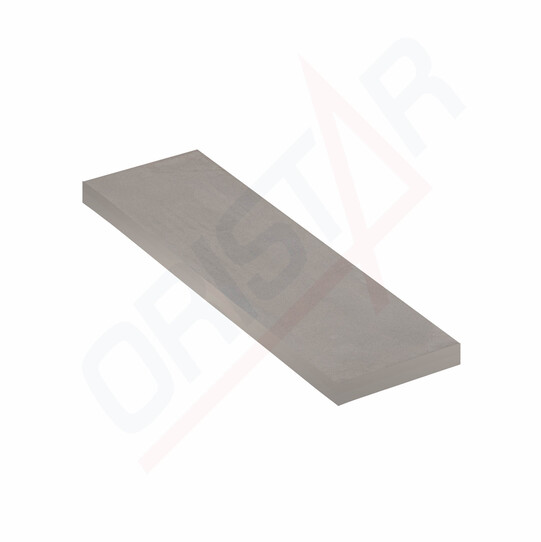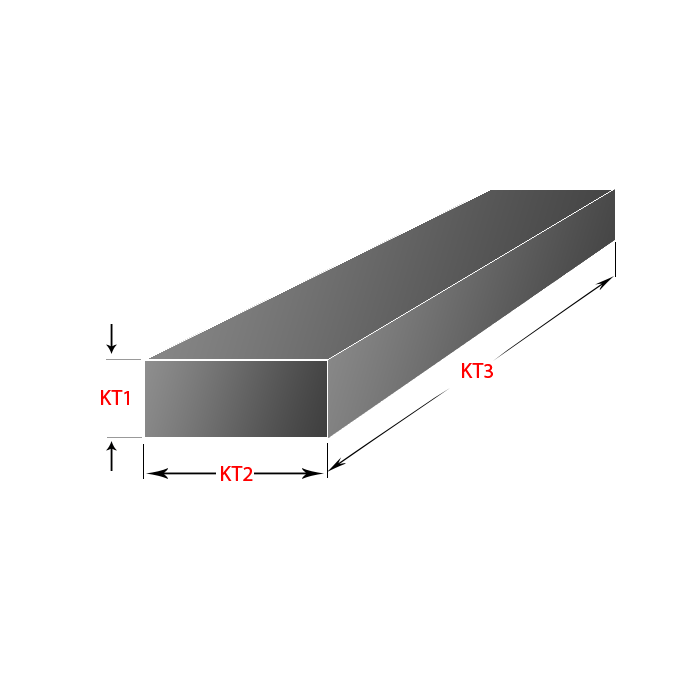THÔNG TIN CƠ BẢN
SUS 316L HOT Stainless Steel is a type of stainless steel from the SUS 316L grade, produced by hot rolling. This steel is renowned for its superior corrosion resistance, especially in harsh environments, and stable mechanical properties. SUS 316L is an improved version of SUS 316 with a lower carbon content, enhancing its corrosion resistance.
Key Characteristics of SUS 316L HOT Stainless Steel:
- Chemical Composition:
- Chromium (Cr): Approximately 16-18%, enhancing corrosion resistance.
- Nickel (Ni): Around 10-14%, providing ductility and heat resistance.
- Molybdenum (Mo): About 2-3%, improving corrosion resistance in chloride environments.
- Carbon (C): Up to 0.03%, improving corrosion resistance without compromising mechanical properties.
- Manganese (Mn): Around 2%, aiding machinability and uniform structure.
- Physical Properties:
- Corrosion Resistance: SUS 316L HOT offers excellent corrosion resistance, especially in chemical environments and marine settings.
- Mechanical Properties: Provides high strength and good ductility, suitable for applications requiring high load-bearing capabilities and corrosion resistance.
- Machinability: Easily machinable with methods such as cutting, drilling, and welding, maintaining high precision and surface quality.
- Applications:
- Chemical Industry: Suitable for equipment and structures exposed to strong chemicals and chlorides.
- Marine Industry: Used in offshore applications and structures exposed to seawater.
- Pharmaceutical and Food Industry: Applied in food processing equipment and medical devices due to its corrosion resistance and ease of cleaning.
- Oil and Gas Industry: Suitable for applications requiring high durability and corrosion resistance in harsh environments.
- Form and Size:
- SUS 316L HOT is typically available in sheets, coils, bars, and tubes, with varying sizes according to specific application requirements.
Manufacturing and Processing:
- Production Process: SUS 316L HOT is produced through hot rolling, which allows for larger thickness and size compared to cold rolling. This process also improves the steel’s mechanical properties.
- Fabrication: Can be machined using methods such as cutting, drilling, and welding, maintaining high precision and surface quality.
(Source: Internet)
Key Characteristics of SUS 316L HOT Stainless Steel:
- Chemical Composition:
- Chromium (Cr): Approximately 16-18%, enhancing corrosion resistance.
- Nickel (Ni): Around 10-14%, providing ductility and heat resistance.
- Molybdenum (Mo): About 2-3%, improving corrosion resistance in chloride environments.
- Carbon (C): Up to 0.03%, improving corrosion resistance without compromising mechanical properties.
- Manganese (Mn): Around 2%, aiding machinability and uniform structure.
- Physical Properties:
- Corrosion Resistance: SUS 316L HOT offers excellent corrosion resistance, especially in chemical environments and marine settings.
- Mechanical Properties: Provides high strength and good ductility, suitable for applications requiring high load-bearing capabilities and corrosion resistance.
- Machinability: Easily machinable with methods such as cutting, drilling, and welding, maintaining high precision and surface quality.
- Applications:
- Chemical Industry: Suitable for equipment and structures exposed to strong chemicals and chlorides.
- Marine Industry: Used in offshore applications and structures exposed to seawater.
- Pharmaceutical and Food Industry: Applied in food processing equipment and medical devices due to its corrosion resistance and ease of cleaning.
- Oil and Gas Industry: Suitable for applications requiring high durability and corrosion resistance in harsh environments.
- Form and Size:
- SUS 316L HOT is typically available in sheets, coils, bars, and tubes, with varying sizes according to specific application requirements.
Manufacturing and Processing:
- Production Process: SUS 316L HOT is produced through hot rolling, which allows for larger thickness and size compared to cold rolling. This process also improves the steel’s mechanical properties.
- Fabrication: Can be machined using methods such as cutting, drilling, and welding, maintaining high precision and surface quality.
(Source: Internet)



